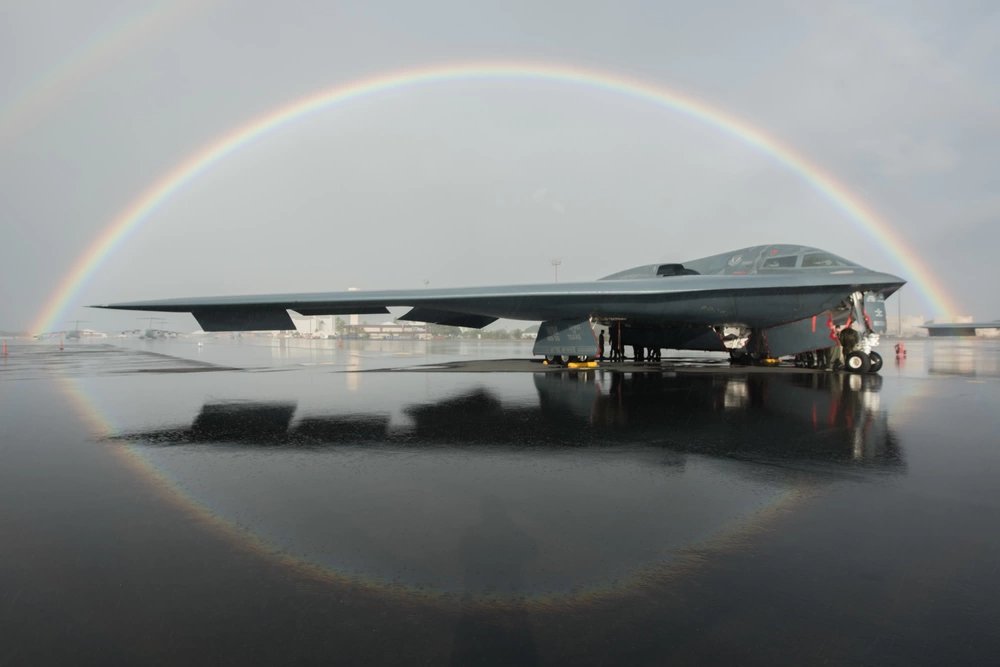If you just got orders to Hawaii and the entire family is ready to start living the island life, there’s probably part of you that is incredibly excited, while the other half is feeling frozen with uncertainty. While Hawaii is technically part of the United States, it’s considered an OCONUS move in the military and requires a good bit of preparation and planning.
Whether you are preparing for the big move soon, or just daydreaming about living the aloha life, here are six tips to make your island transition easier.
6 Tips For PCSing To Hawaii
If Hawaii is your next duty station, trying to balance between nerves and anticipation is a bit of an art. Here’s what you need to know to get started:
1. Research Housing Options

Housing in Hawaii can be competitive and more expensive than what you are likely accustomed to at your current duty station. Start researching on-base and off-base housing options as soon as you receive orders. If you plan to live off-base, be prepared for higher costs and limited availability, as well as limitations based on family and pet sizes. Housing in Hawaii is significantly smaller than mainland homes, so keep that in mind when trying to figure out household goods, too. If living on base is a priority, research how soon you are able to join housing waiting lists. Base housing is available at Schofield Barracks, Joint Base Pearl Harbor Hickam, Aliamanu Military Reservation, Helemano Military Reservation, Ford Island, Tripler Army Medical Center and Marine Corps Base Hawaii at Kaneohe Bay. Eligibility is determined by rank and availability. Also keep in mind that traffic in Hawaii can be prohibitive for commuting, so knowing where you or your spouse will be working helps.
2. Be Realistic About Finances
Hawaii is well known for its high cost of living, especially when it comes to groceries and utilities. It’s a good idea to reassess your finances and look into any cost-of-living allowances (COLA) you may be eligible for before you get there, so that nothing comes as a surprise, and know what you anticipate for basic allowance for housing (BAH). Budget accordingly and consider shopping at the commissary and Exchange to save money once you are on island.
3. Prepare To Ship Your Vehicle
The military will pay to ship one vehicle to an overseas assignment, so if you are a family with more than one car – and you want to take both – make a plan to get the second vehicle there. Make sure to account for departure and shipping times, as well as calling your local transportation office if your vehicle has been modified in any way to make sure it meets legal requirements in Hawaii. Another option is to sell any secondary vehicles and buy something once you arrive, but be aware it’s an island and inventory is not always guaranteed.
4. Make A Plan For Pets

Shipping pets into Hawaii is a task that needs to be planned for about four to six months in advance of your arrival depending on where you are PCSing from. Hawaii has strict laws regarding the importation of animals and some animals that may be allowed as pets in other states or countries may be prohibited in Hawaii, such as snakes and some birds. According to the Hawaii Department of Agriculture, “Importing an illegal animal carries a penalty of up to three years in prison and fines up to $500,000.” Information about the rabies requirements and quarantine program for domesticated dogs and cats can be found on the HDOA’s website, but requires a minimum of 120 days and a $185 processing fee. This does not include booking actual flights or transport services. Because the process to bring family pets into Hawaii is so high, animal transport services like Island Pet Movers and PCS My Pet are popular options amongst military families. Facebook groups like PCSing To/From Hawaii With Pets are also an invaluable resource if you’re feeling frantic!
5. Look Into School Options
If you have kids, school is likely a high priority. Thankfully, the state of Hawaii is very familiar with helping military kids make a smooth transition, as the state is home to around 100,000 military families with children. The Hawaii Department of Education has military liaison officers for every branch and works with families trying to coordinate education options.
6. Keep An Open Mind
Life in Hawaii is significantly different than any other places I’ve lived – and different isn’t bad. Hawaii has a unique culture and lifestyle that can be different from what you’re used to on the mainland and taking the time to learn about local customs, traditions, and the importance of showing respect for Hawaiian culture is crucial. If you’re on the island already, a visit to Bishop Museum and ‘Iolani Palace will be helpful.


